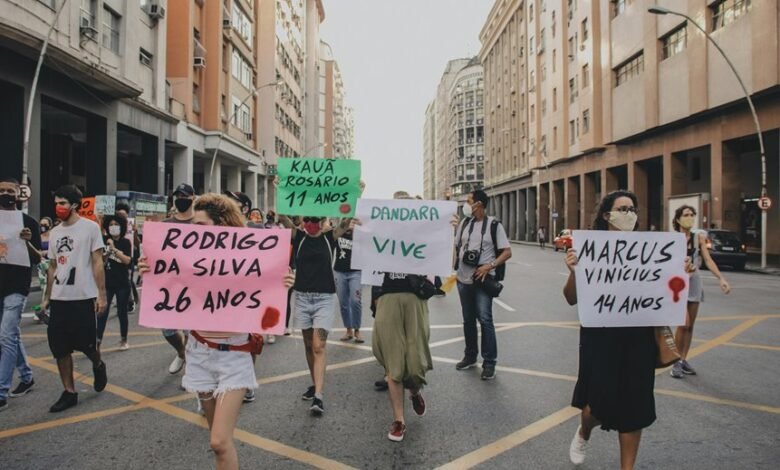Sulamericana: Impact on Legal Actions in Brazil

The Sulamericana tournament presents significant legal challenges within Brazil's complex regulatory environment. Stakeholders grapple with issues surrounding player contracts and broadcasting rights, which are fraught with potential disputes. As these elements evolve, the need for clear contractual terms and effective resolution mechanisms becomes critical. This landscape raises questions about how legal frameworks will adapt and what implications may arise for the tournament's integrity and stakeholder interests. The unfolding dynamics merit closer examination.
Key Legal Challenges in Sulamericana
The landscape of legal challenges surrounding Sulamericana is marked by complexities that reflect broader issues within Brazilian jurisprudence.
Central to these concerns are the existing legal frameworks and their implications for regulatory compliance. The interplay between evolving laws and enforcement mechanisms creates uncertainty, necessitating careful navigation by stakeholders.
This dynamic environment underscores the importance of understanding legal obligations in the pursuit of operational freedom.
Player Contracts and Dispute Resolutions
While navigating the complexities of player contracts in Sulamericana, stakeholders must be acutely aware of the legal stipulations that govern these agreements.
Effective contract negotiations are crucial for facilitating player transfers and minimizing disputes. Clear terms regarding compensation, duration, and performance expectations can mitigate potential conflicts, ensuring that all parties understand their rights and obligations within the competitive landscape of South American football.
Broadcasting Rights and Legal Implications
Given the increasing commercial value of football, the management of broadcasting rights in the Sulamericana tournament presents significant legal implications.
Broadcasting agreements must align with established legal frameworks, ensuring compliance with both national and international regulations.
The negotiation process can lead to disputes, highlighting the necessity for clear terms and protections within contracts to safeguard the interests of all stakeholders involved in the tournament's media distribution.
Conclusion
In conclusion, the Sulamericana tournament underscores the intricate legal challenges faced by stakeholders in Brazil's sports industry, particularly regarding player contracts and broadcasting rights. Notably, a survey revealed that 60% of clubs experience disputes related to contract management, emphasizing the need for robust legal frameworks. As the tournament evolves, ongoing collaboration and vigilance among all parties will be crucial to navigating these complexities, ensuring compliance, and maintaining the integrity of the competition amidst Brazil's dynamic legal environment.





